
PUMPA - SMART LEARNING
எங்கள் ஆசிரியர்களுடன் 1-ஆன்-1 ஆலோசனை நேரத்தைப் பெறுங்கள். டாப்பர் ஆவதற்கு நாங்கள் பயிற்சி அளிப்போம்
Book Free DemoIn the human body, along with the skeletal and nervous systems, the muscular system is responsible for various body movements.
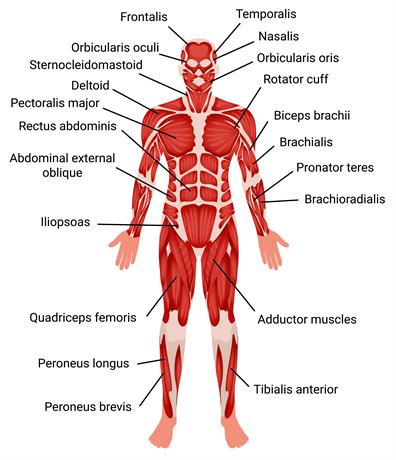
Muscular system
Muscles are tissues that can contract, and therefore they help in the movement of the other body parts. It is a tissue that helps in maintaining the posture and position of a body.
Movement of bones in the joints
Bones cannot move on their own. The muscle brings about the movement of bones. The muscle is the prominent tissue that plays a significant role in the movement of the bones. Muscle is a tissue that works in pairs as it cannot push. The movement of the bone is brought about by the contraction of one of the muscles.
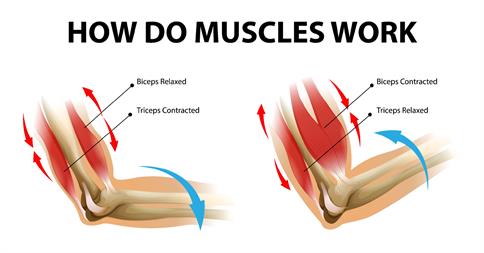
Muscles movement
Among the pairs of the muscles, when one of the muscles contracts, the other relaxes. The bone is moved in the direction in which the muscle contracts. To move the bone in the opposite direction, the muscle under relaxation contracts to pull the bone towards its original position. During this, the other muscle relaxes.
The lower arm's movement in upward and downward direction is regulated by two muscles, such as biceps and triceps. When a person raises his lower hand, the front's biceps become short by contraction, and the triceps muscle at the back stretch to pull up the arm. Hence, when a person lowers the arm the triceps at the back contract and biceps stretch to pull the arm down.
Types of muscles
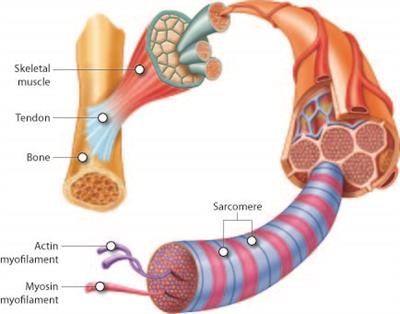
Anatomy of a muscle
There are three types of muscles. They are:
- Skeletal muscle
- Smooth muscle
- Cardiac muscle
Skeletal muscles
The muscles of the body that are attached to the bones are known as skeletal muscles. These are voluntary muscles as they can be controlled consciously by our will.
Example:
Muscles of the arm

Skeletal muscle
Smooth muscles
These are the muscles that are found in the digestive tract walls, urinary bladder, arteries and other internal organs. They are also known as involuntary muscles as our will does not control them.
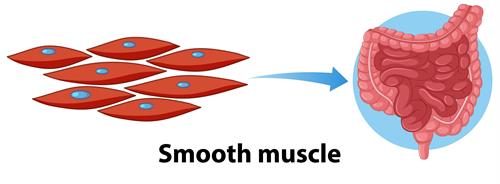
Smooth muscle
Cardiac muscles
These are the muscles that make up the walls of the heart. They have the ability to perform continuous rhythmic contractions and are also involuntary in nature.
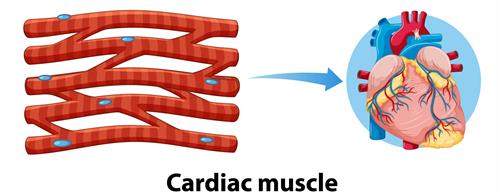
Cardiac muscle
This video is a summary regarding the muscular system of the human body.
Reference:
https://www.freepik.com/free-vector/human-muscular-skeletal-systems-informative-poster_6168812.htm
https://courses.lumenlearning.com/cuny-csi-ap-1/chapter/muscular-levels-of-organization/
https://www.vecteezy.com/vector-art/434408-different-systems-of-human-body-diagramhttps://www.vecteezy.com/vector-art/1928991-movement-process-of-the-arm-muscle-biceps-and-triceps
https://www.freepik.com/free-vector/type-muscle-cells_11573851.htm#page=1&query=cardiac%20muscle&position=0